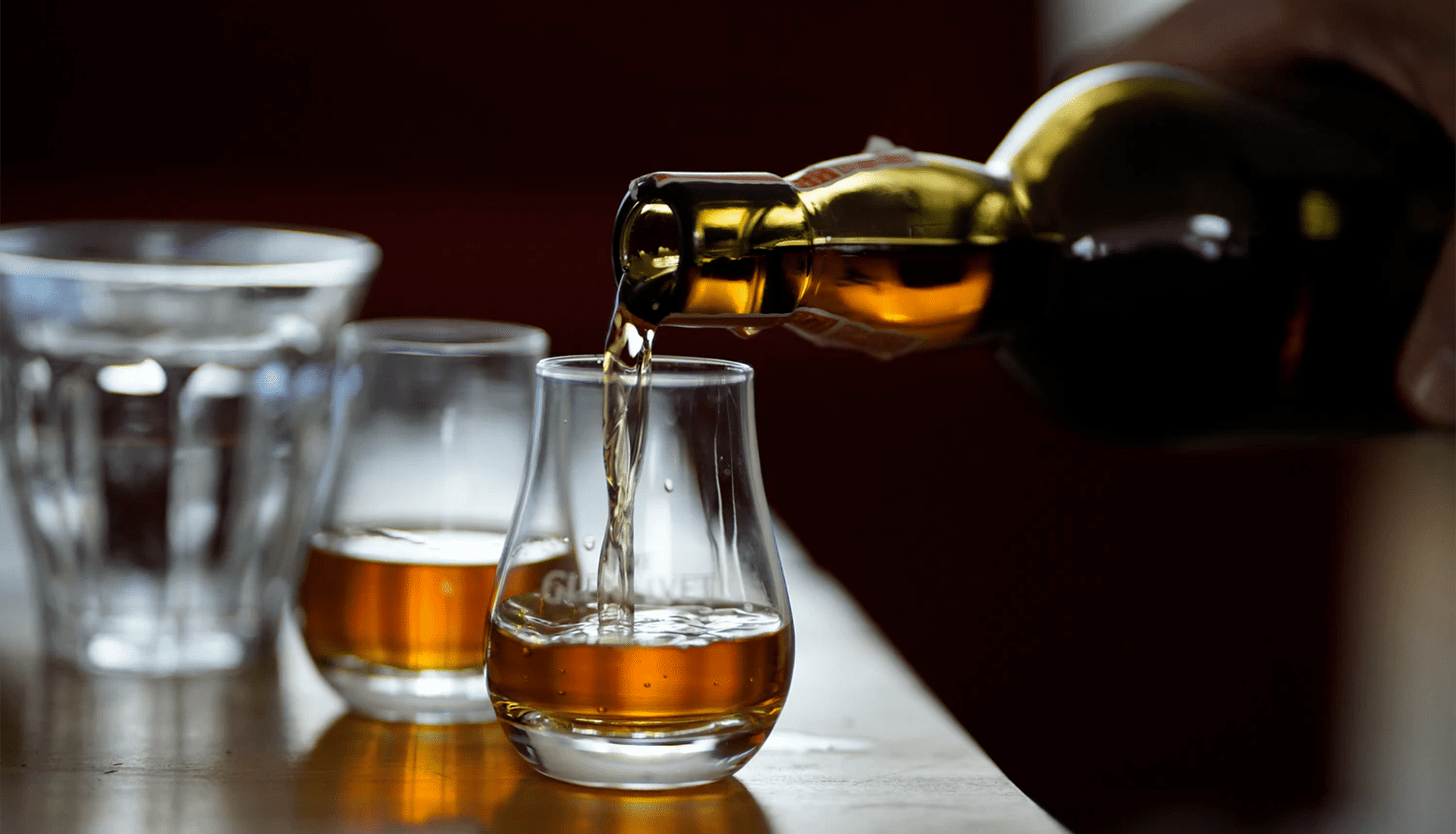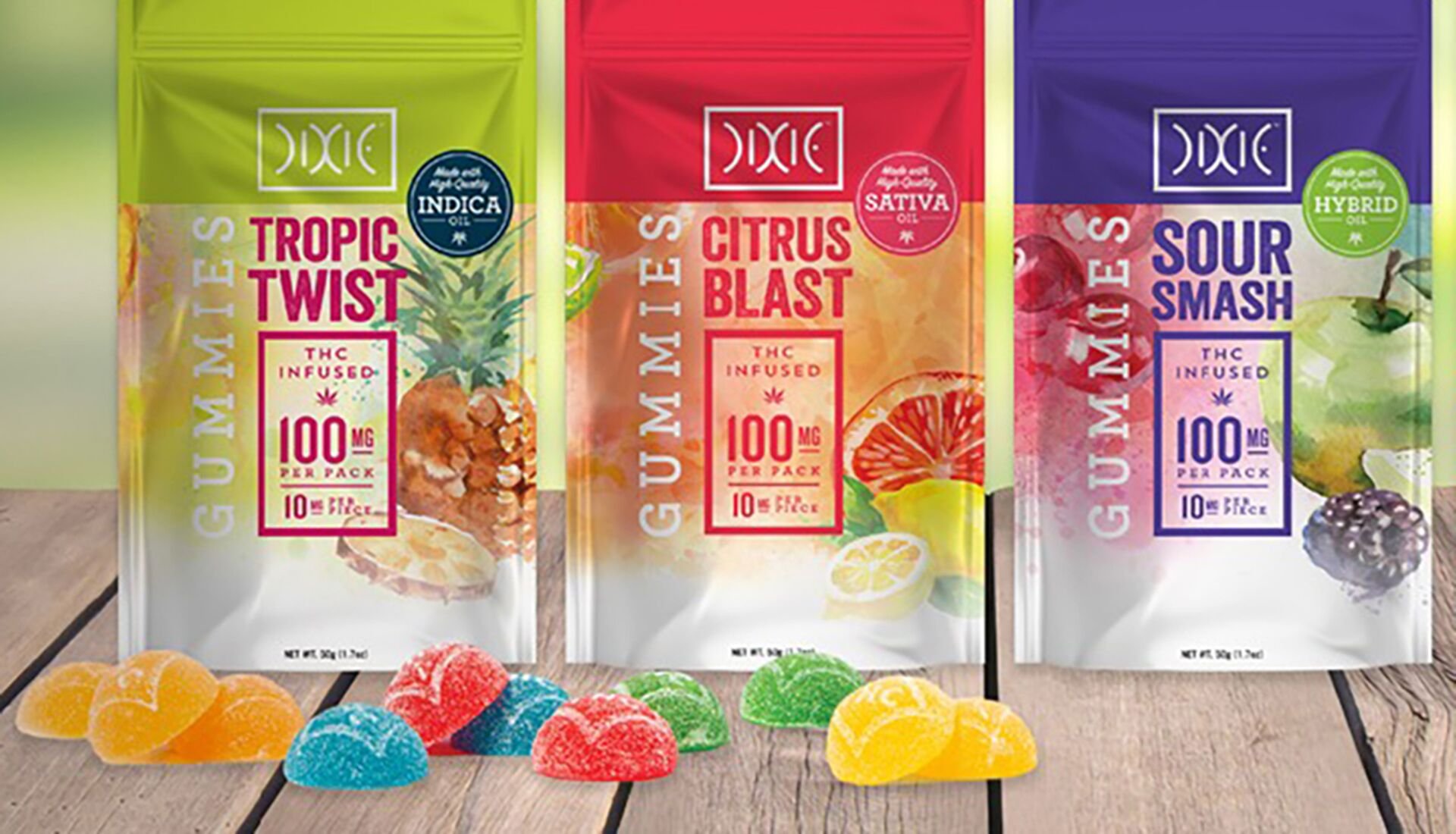From Ban to Boom!
From 1920–1933, Prohibition banned the production, importation, transportation, and sale of alcoholic beverages in the United States. But it didn’t stop Americans from drinking—far from it! And today, there are a number of lessons the emerging cannabis industry can learn from it. Before we go too far though, let’s make a quick educational pit stop on weed words and fact:
Hemp is the legal term for products derived from cannabis that have less than .03% THC
THC is the compound in cannabis that causes the intoxicated feeling we call being “high”
CBD comes from Hemp, is not intoxicating, and is the second most common compound in cannabis
THC and CBD both have medical benefits
With cannabis legalization fast approaching, a new global industry is poised for massive growth. By 2024 the global regulated marijuana market is projected to be $41 billion in sales—$30 billion of which will be in the U.S. So what can the old dry laws of Prohibition teach us about the coming green rush?
1. BRAND POWER
Brand names weren’t as significant when ordering at a saloon before Prohibition. But when bootleggers started delivering dubious quality and unknown, often dangerous ingredients, consumers began wanting alcohol they could trust with names they knew. In short, they wanted brands. A brand name assured them what they were drinking was safe and high quality. The cannabis market faces similar quality and safety concerns. Enter the power of the brand! Those that are creating loyal fan bases and high-quality products are excelling. In 2019, branded producers in Colorado dominated every cannabis category other than weed flowers, including edibles, concentrates, and topicals, and drove market growth.
Creating and developing a brand demonstrates expertise, and will prove to be an effective method of building trust. Compelling package design and online communications will help drive both transparency and consumer education. And producers with multiple branded products will achieve even more trust and respect through a “House of Brands” approach where a master brand encompasses all sub-brands. The “House of Brands” approach isn’t new. For example, when P&G released its first national brand, Ivory Soap, they included the P&G company logo and name on the early packaging to connect the trust consumers had with P&G to Ivory Soap.
2. EMBRACE… PALATE CHANGE?
Bootleg spirits developed during prohibition were often so harsh they had to be combined with mixers to make them palatable. Creative bartenders added exotic ingredients to mask a new flavor. When Prohibition ended, this new mixed drinks craze didn’t! It helped catalyze the American cocktail culture. Alcohol brands today continue to leverage their unique taste and smell with innovative flavors and recipes. Today’s emerging cannabis brands have the opportunity to leverage taste and smell as well. Growers have been able to create hybrid cannabis varieties with unique flavor and aroma profiles. Brands that pursue innovation in this space will be positioned to delight consumers with new flavor and scent experiences.
The legalization of marijuana and THC doesn’t mean consumers’ appetite for new CBD products will decline either. Some consumers won’t want to inhale or use THC, but their expectation for new experiences with CBD will likely continue to grow. Of that projected $41 billion 2024 market, $13 billion is expected to be CBD products! This is already taking shape with CBD driving category expansion through edibles and topicals. And it doesn’t end there. Consumer palates are expanding even further to include infused cocktails, meals, fitness supplements, dog treats, skincare products and more. Consumer palate expansion in both THC and CBD will not only expand the market, but it could actually catalyze a new flavor- and scent-seeking cannabis culture!
3. EXPLORE UNCONVENTIONAL STRATEGIES
Before Prohibition was repealed, Anheuser-Busch purchased their famous Clydesdale horses in December of 1932. They made their debut in April, delivering a case of beer from New York to the White House. This unconventional strategy created invaluable brand equity for Budweiser. Similarly, non-traditional marketing strategies will enable cannabis brands to reach new audiences and build brand recognition and loyalty. Cannabis, however, faces a unique challenge, as branding is completely new to the industry. Where alcohol brands existed before Prohibition and simply re-emerged after repeal in 1933, cannabis is emerging for the first time from centuries of illegality, and no brands have ever existed.
However, celebrities with personal brands and influencers who promote the lifestyle as weed connoisseurs have been around for a long time. Leveraging them might help connect your brand to experts your audience already knows, generating not just buzz (get it?), but trust and loyalty.
4. DON’T MISS UNEXPECTED CONSUMERS
Unlike saloons before Prohibition, speakeasies were co-ed, and as women were seen drinking publicly, imbibing became distinctly less male. Marketers recognized women as a key target consumer and began advertising to them, vastly expanding the market. Cannabis brands may think they know their target consumers but should keep an open mind and be on the lookout for other groups and how they are consuming. For example, Boomers were thought to mainly consume marijuana for aches and pains, but 60% are also recreational and social users. Women were also thought to prefer edibles vs smoking, but 47% actually prefer inhalants.
And while weed may feel like the younger generation’s game because their awareness is higher, its appeal to Boomers, women, and others yet to be identified can create unexpected opportunities. Remember, no category fits neatly into a box—you have to get to know your consumers!
As the cannabis industry continues its exponential growth, producers should focus on building their brands through quality and trust, embracing changes in emerging consumer expectations, engaging unconventional marketing strategies, and remaining open to new consumer understanding. Brands that do so are likely to win big in the coming boom. At COHO, we believe that better cannabis brands can play a part in a better world as this new, legal, and… awesomely mellow chapter in consumer experience emerges.
*Photo in header courtesy of the New York Times.
Greg Zimmer
Greg has 30 years of consulting and Fortune 100 Company experience. He’s held design, marketing, and R&D positions at companies such as Drackett, Thomson SA, P&G, 3M, and Target; leading design, product development, and strategy for some of the world’s most recognizable & loved brands. He and his wife (also a Designer) are fans of authentic brand experiences. Pre-COVID, this might take them to NYC for HFPA Market Week, Corktown Detroit, Healdsburg for Pinots, Maison&Objet-Paris, a nice Smørrebrød in Copenhagen, or Cincinnati’s hottest new restaurants in OTR. Now they're enjoying time at home with their 22-month "future designer"!






